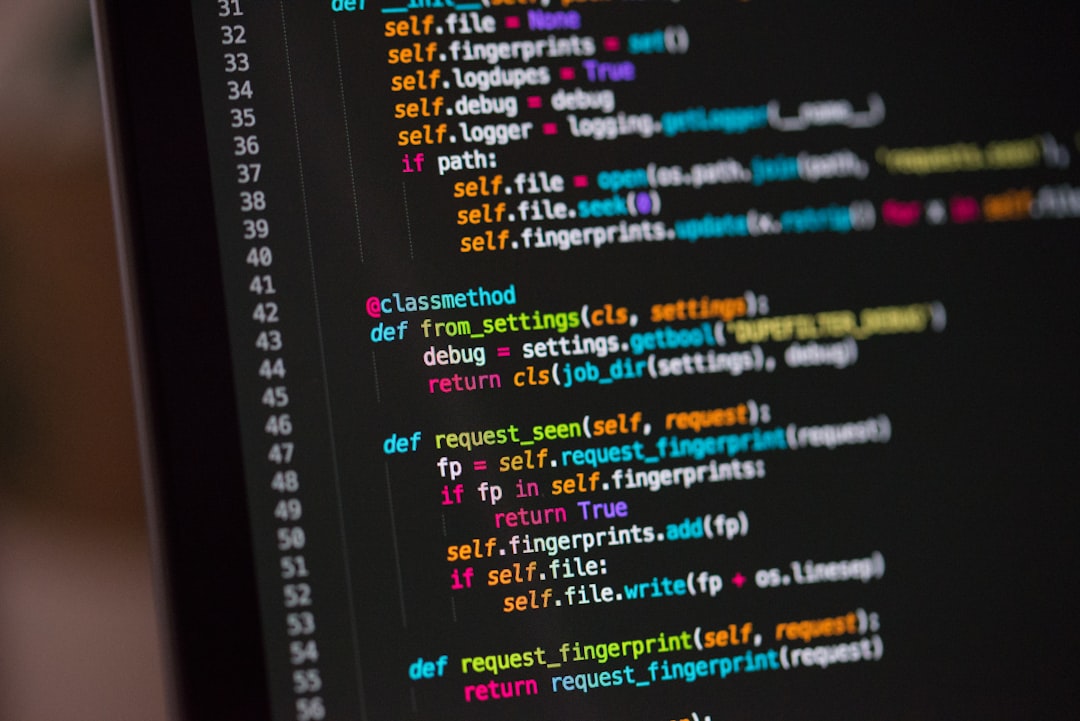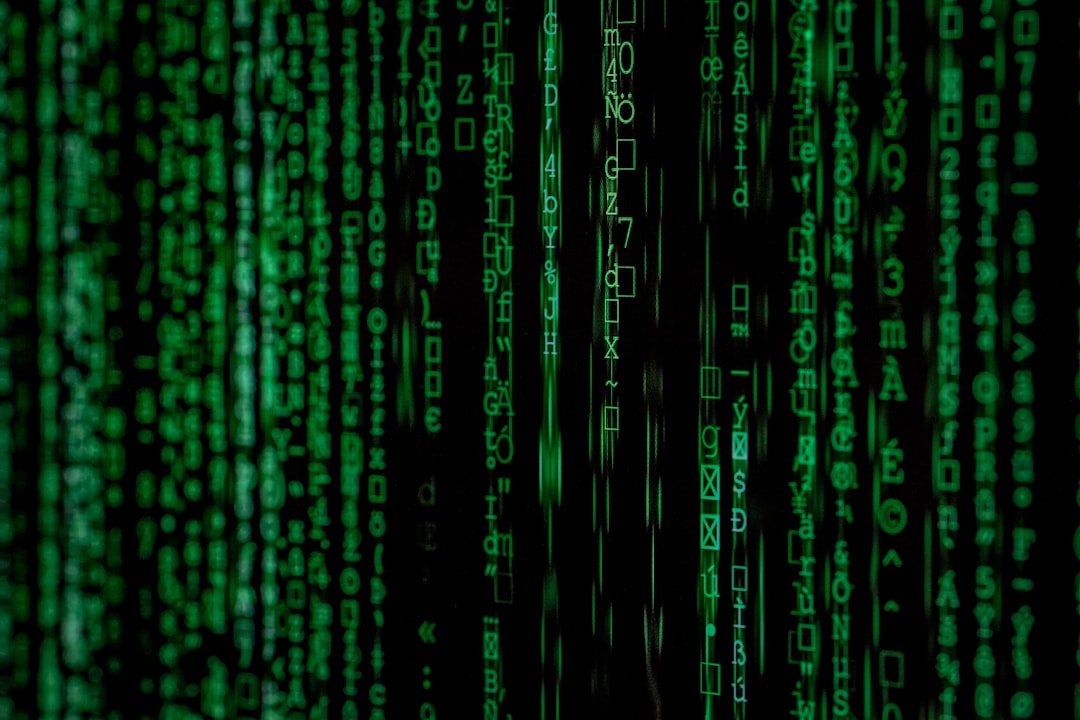Python Tutorial 09
If-else statement
In Python, the if-else statement is used to perform different actions based on a certain condition. It allows you to execute a block of code if a condition is true, and another block of code if the condition is false.
The general syntax of the if-else statement in Python is as follows:









